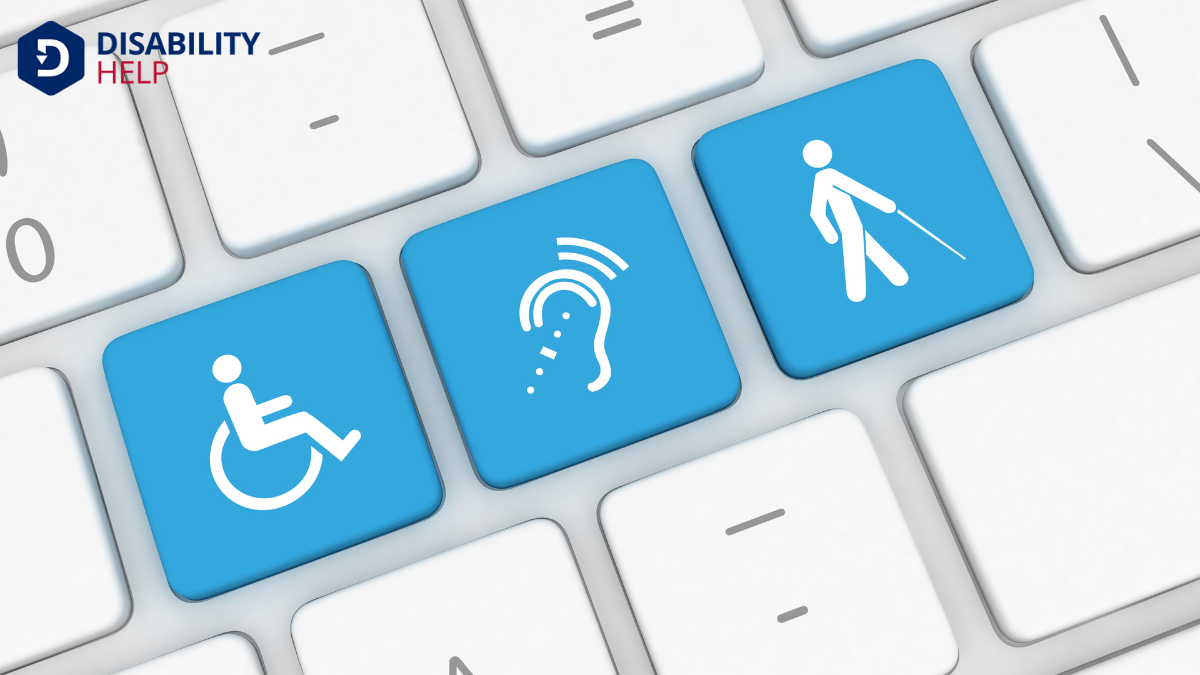When we think about accessibilityThe design of products, devices, services, or environments to be usable by people with disabilities...., we often overlook the various forms it takes. There are four key types: physical, digital, cognitive, and sensory. Each plays a significant role in ensuring inclusivity for everyone, regardless of their abilities. From ramps and elevators to screen readers and captions, the ways we can make environments more accessible are vast and impactful. Let's explore how each type addresses different needs and the importance they hold in our daily lives.
Key Takeaways
- Physical accessibility ensures environments accommodate all individuals, including those with mobility challenges.
- Digital accessibility focuses on making digital content usable for people with varied abilities.
- Cognitive accessibility involves designing content that is easy to understand for individuals with cognitive and learning disabilities.
- Sensory accessibility caters to individuals with visual and auditory impairments by providing alternative formats and tools.
- All four types of accessibility aim to create inclusive experiences for individuals with different needs.
Physical Accessibility
Physical accessibility is a crucial aspect of creating inclusive environments. We need to guarantee that everyone can navigate spaces with ease. This means designing buildings and facilities that accommodate all individuals, regardless of physical ability.
We should focus on installing ramps, elevators, and automatic doors to replace stairs and manual entry points. Wide hallways and accessible restrooms are essential for wheelchair users.
Let’s not forget about parking—designated spots for those with mobility challenges should be near entrances. We also need to take into account seating arrangements that allow room for mobility aidsDevices designed to help individuals move around more easily, such as canes, walkers, or wheelchairs....
Digital Accessibility

While we often focus on physical spaces, digital accessibility holds equal importance in creating an inclusive world. We must guarantee everyone can access online content and digital tools, regardless of their abilities.
This means designing websites, apps, and digital documents to be usable by people with visual, auditory, and mobility impairments.
We can achieve this by implementing features like screen readerSoftware that reads aloud the text on a computer screen, used by individuals who are blind or visual... compatibility, alternative text for images, keyboard navigation, and captioned videos.
These enhancements not only support individuals with disabilities but also improve the user experience for everyone.
Let’s prioritize this by considering accessibility from the start of any digital project. By doing so, we create a more equitable online environment where all users can engage, learn, and connect without barriers.
Cognitive Accessibility
Cognitive accessibility is essential for guaranteeing digital content is inclusive for individuals with cognitive and learning disabilities. When we design with cognitive accessibility in mind, we're creating content that's easier to understand and navigate. This includes clear language, consistent layouts, and intuitive interfaces.
By simplifying instructions and using straightforward visuals, we help users process information more effectively.
We should also consider varied learning styles by including multimedia options, such as videos or audio descriptions, to complement text-based information. Providing alternative ways to engage with content guarantees users can choose what works best for them.
Let's remember that improving cognitive accessibility doesn't just benefit those with disabilities—it enhances the digital experience for everyone, making information accessible to wider audiences.
Sensory Accessibility
When we address sensory accessibility, we're focusing on making digital content usable for individuals with visual or auditory impairments. Our goal is to guarantee that everyone can access information, regardless of their sensory abilities.
For those with visual impairments, we use screen readers, alt text for images, and keyboard navigation. These tools and techniques help convey information that’s otherwise visual.
For individuals with auditory impairments, we provide closed captions and transcripts for videos and audio content. This guarantees they don't miss out on important details.
Conclusion
In our journey toward inclusivity, we must prioritize accessibility in all its forms—physical, digital, cognitive, and sensory. By doing so, we guarantee that everyone can engage with and benefit from the environments, technologies, and information around them. Let's commit to creating spaces and experiences that embrace diverse needs and abilities. Together, we can break down barriers and build a more inclusive world for everyone, empowering individuals and communities alike. Let's make accessibility a shared responsibility.






